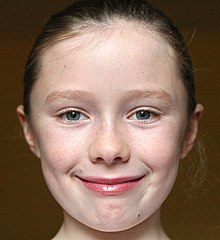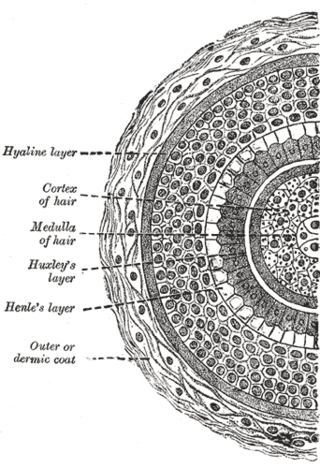
Hair is a protein filament that grows from follicles found in the dermis. Hair is one of the defining characteristics of mammals. The human body, apart from areas of glabrous skin, is covered in follicles which produce thick terminal and fine vellus hair. Most common interest in hair is focused on hair growth, hair types, and hair care, but hair is also an important biomaterial primarily composed of protein, notably alpha-keratin.

A hairstyle, hairdo, haircut or coiffure refers to the styling of hair, usually on the human head but sometimes on the face or body. The fashioning of hair can be considered an aspect of personal grooming, fashion, and cosmetics, although practical, cultural, and popular considerations also influence some hairstyles.
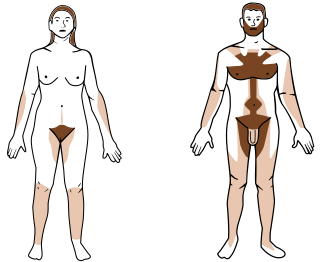
Hair removal, also known as epilation or depilation, is the deliberate removal of body hair or head hair.
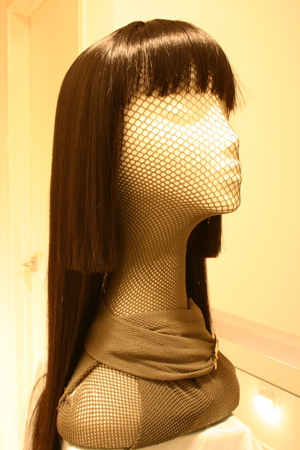
A wig is a head covering made from human or animal hair, or a synthetic imitation thereof. The word is short for "periwig". Wigs may be worn to disguise baldness, to alter the wearer's appearance, or as part of certain professional uniforms.
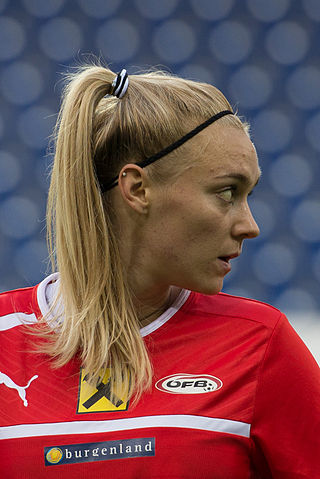
A ponytail is a hairstyle in which some, most, or all of the hair on the head is pulled away from the face, gathered and secured at the back of the head with a hair tie, clip, or other similar accessory and allowed to hang freely from that point. It gets its name from its resemblance to the tail of a pony.
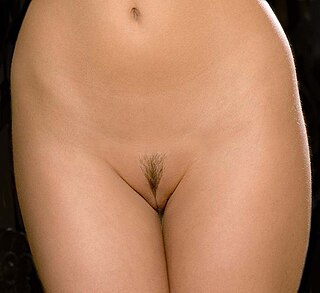
Bikini waxing is the removal of pubic hair using a special wax, which can be hot or cold, that adheres to hairs and pulls them out when the wax is removed quickly from the skin, usually with a cloth strip. While the practice is mainly associated with women, male waxing is sometimes done to remove men's pubic hair.

The afro is a hair style created by combing out natural growth of afro-textured hair, unlike "fro" which is a hairstyle that can be achieved by curly or straight textured hair with tools or products. The hairstyle can be created by combing the hair away from the scalp, dispersing a distinctive curl pattern, and forming the hair into a rounded shape, much like a cloud or puff ball.

The mohawk is a hairstyle in which, in the most common variety, both sides of the head are shaven, leaving a strip of noticeably longer hair in the center. Mohawk hairstyles have existed for thousands of years. As of the 21st century, they are most commonly associated with non-conformity.
"Chav", also "charver", "scally" and "roadman" in parts of England, is a British term, usually used in a pejorative way. The term is used to describe an anti-social lower-class youth dressed in sportswear. "Chavette" is a related term referring to female chavs, and the adjectives "chavvy", "chavvish", and "chavtastic" are used to describe things associated with chavs, such as fashion, slang, etc. In other countries like Ireland, "Skanger" is used in a similar manner. In Canada, in the province of British Columbia they're known as "Surrey jacks". In Ontario, the term is "hoodman", an equivalent of the term "roadman" used in England. In Newfoundland, "skeet" is used in a similar way, while in Australia, "eshay" or "adlay" is used.

Cornrows are a style of braids in which the hair is braided very close to the scalp, using an underhand, upward motion to make a continuous, raised row. Cornrows are often done in simple, straight lines, as the term implies, but they can also be styled in elaborate geometric or curvilinear designs.

A facelift, technically known as a rhytidectomy, is a type of cosmetic surgery procedure used to give a more youthful facial appearance. There are multiple surgical techniques and exercise routines. Surgery usually involves the removal of excess facial skin, with or without the tightening of underlying tissues, and the redraping of the skin on the patient's face and neck. Exercise routines tone underlying facial muscles without surgery. Surgical facelifts are effectively combined with eyelid surgery (blepharoplasty) and other facial procedures and are typically performed under general anesthesia or deep twilight sleep.
Traction alopecia is a type of alopecia or hair loss caused by a chronic pulling force being applied to the hair. It commonly results from a person frequently wearing their hair in a particularly tight ponytail, pigtails, or braids with increased likelihood when hair is chemically relaxed as this compromises the hair shaft's tensile strength resulting in hair breakage. Traction alopecia causes a recession of the hairline due to chronic traction, which is characterized by a fringe along the marginal hairline on physical exam. Diagnosis is clinical and treatment directed at cessation of the chronic traction, while cosmeses, with surgical restoration is reserved for severe cases with scarring fibrosis.

Dres or dresiarz is a term used in Poland to describe a specific subculture or class of young males. Dresiarze stereotypically live in urban tower blocks or tenement houses. They are usually portrayed as undereducated, unemployed, aggressive, and anti-social. The dresiarz phenomenon was first observed in the 1990s and is sometimes compared to the British chavs, Scottish neds, Australian bogans or Russian gopniks. It would later partially merge with the hooligan subcultures and sometimes attributed to football hooligans.
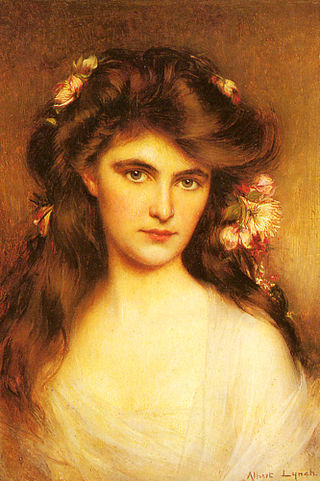
A bouffant is a type of puffy, rounded hairstyle characterized by hair raised high on the head and usually covering the ears or hanging down on the sides.

2000s fashion is often described as a global mash up, where trends saw the fusion of vintage styles, global and ethnic clothing, as well as the fashions of numerous music-based subcultures. Hip-hop fashion generally was the most popular among young people of all sexes, followed by the retro inspired indie look later in the decade.

Long hair is a hairstyle where the head hair is allowed to grow to a considerable length. Exactly what constitutes long hair can change from culture to culture, or even within cultures. For example, a woman with chin-length hair in some cultures may be said to have short hair, while a man with the same length of hair in some of the same cultures would be said to have long hair.
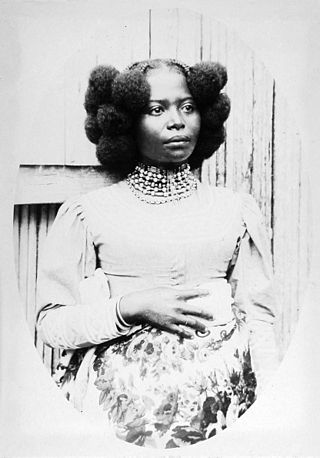
Kinky hair, also known as afro-textured hair, is a human hair texture prevalent in the indigenous populations of many regions with hot climates, mainly sub-Saharan Africa, Melanesia, and Australia. Each strand of this hair type grows in a tiny, angle-like helix shape. The overall effect is such that, contrasted with straight hair, wavy hair, or curly hair, kinky hair appears denser.

The pompadour is a hairstyle named after Madame de Pompadour (1721–1764), a mistress of King Louis XV of France. Although there are numerous variations of the style for men, women, and children, the basic concept is having a large volume of hair swept upwards from the face and worn high over the forehead, and sometimes upswept around the sides and back as well.
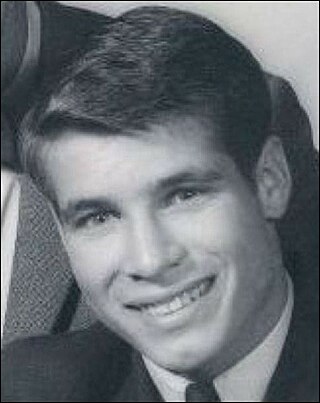
A regular haircut, in Western fashion, is a men's and boys' hairstyle that has hair long enough to comb on top, a defined or deconstructed side part, and a short, semi-short, medium, long, or extra long back and sides. The style is also known by other names including taper cut, regular taper cut, side-part and standard haircut; as well as short back and sides, business-man cut and professional cut, subject to varying national, regional, and local interpretations of the specific taper for the back and sides.

Braids are a complex hairstyle formed by interlacing three or more strands of hair. Braiding has been used to style and ornament human and animal hair for thousands of years in various cultures around the world.
